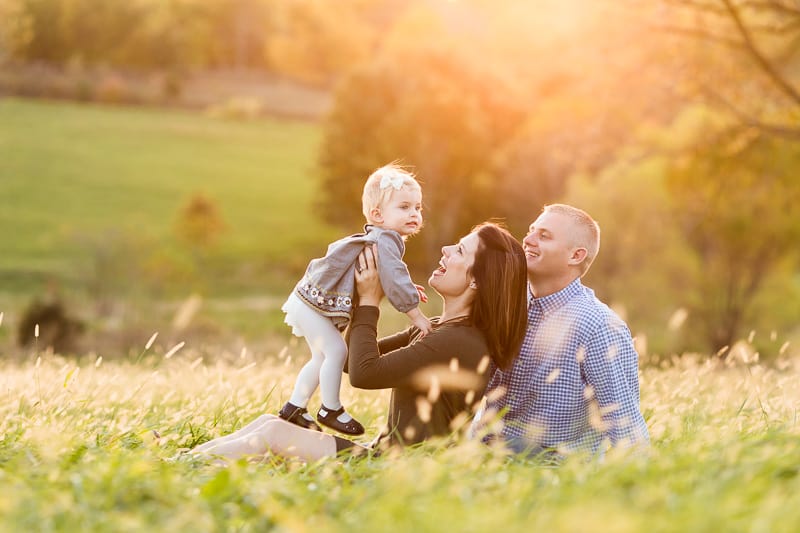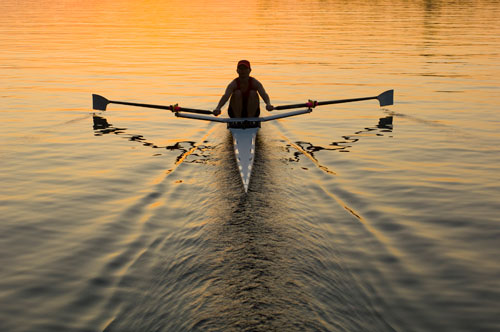LIGHT
We come so far with the composition part and we got to know some of the important composition rules/guidelines. And in the recent blog, we learned about an important photographic element, HORIZON. There are many important photographic elements, one of those is "LIGHT". Well, light plays an important role of carrying emotions in the photography. Let's see what is it's importance and how it effects photography.
LIGHT :
By definition, it's a non-living form of matter carrying living emotions. On a general sense, having more amount of light in the picture signifies the importance of the subject. It need not to be true in all situations. Similarly darker images make us feel the presence of the subject.
On a very simple/basic/low-level classification, light is of 2 types.
- NATURAL LIGHT
- ARTIFICIAL LIGHT
NATURAL LIGHT :
Natural light uses sun as the source of light. And using that sunlight, we try to compose our shots. Shooting with natural light is a bit of a challenge because it's inconsistent. Generally photographers try to make most of the shots in the "golden hours" time. Golden hours are nothing but "1 hour after sunrise and 1 hour before sunset" with an uncertainty of 10-20 minutes. At these times, the light that is produced is "soft and warm" in nature. This soft lighting gives good and smooth photos.
You see, in the first picture, it captures the joy of a family in a sunset environment with the golden light. Because of the golden light in the background, it gave a smooth feeling for the photograph.
In the second picture, it's a candid shot of a cyclist in the golden hour time. We can make the shot more action-packed, but the photographer wants to combine the action and the mood of the cyclist. So he chose to do a shot of this type.
In the third picture, it's a small child standing in a farm at an evening time. You know, if the same scene was shot in the afternoon time, those crop would be in brown color which will result in lacking awesome background. Because of the golden light, the crop has that orange-reddish color which resulted in a very attractive background. And portrait shots that are shot at these times would be very nice because they would be appearing super soft.
The afternoon light can be used to depict the structure of the subject/s.
ARTIFICIAL LIGHT :
Artificial light is the light that is produced by the flash lights, studio lights, etc. The main advantage of artificial light is, it is consistent. We can change it in the way we want. However it is confined to some region only. It can't able to lit the whole playground. Well, the photographers who are working with the artificial light mostly work in a studio or in a limited area outside, so that they can have the control of the light.
Artificial light also include city lights, street lights, etc. basically every light other than natural light(sunlight) is called artificial light.
In the first picture, there is a spot-light focusing on a ballet-dancer. The meaning of the shot was: "importance of a pose of a ballet-dancer". If you look the photo for a significant amount of time, you can notice the shadow of the dancer. In a way, it shows there are actually 2 persons are dancing( dancer and her shadow).
In the second picture, it's the long exposure shot of a road filled with vehicles. By keeping the long shutter time, we got the light tails. The meaning of this shot was : "The busyness of the people". There are so many vehicles on the road at night time due to the people's work.
You see, in the above 2 pictures, both are artificial lights and both represent different meanings. In both pictures, we can affect the artificial light and thus we can give a different outcome.
NATURAL LIGHT v.s ARTIFICIAL LIGHT :
Coming to this very difference, we can have some control over natural light with the help of some equipment like reflectors, etc. But we can able to control it for a limited extent. Whereas on the other hand, artificial light can be fully controlled.
In the above picture, we cam clearly see the difference. The photo that is taken in the artificial light is better than the photo taken in the natural light. It's because we can able to increase the amount of light. There are some instances where natural light is superior than artificial light like wide-angle landscapes, etc.
 |
| This is the picture that suggests the sunlight color based on the time of the day |
TAKEAWAY NOTES :
- Light plays an important role of carrying emotions in the photography.
- Controlling light is not an easy thing. But it can be done with experience.
- Natural light is best for shooting outdoor shoots.
- Artificial light has it's own pros and cons. It is always better for portrait shots.
NEXT-UP :
- Different types of Light.









Comments
Post a Comment